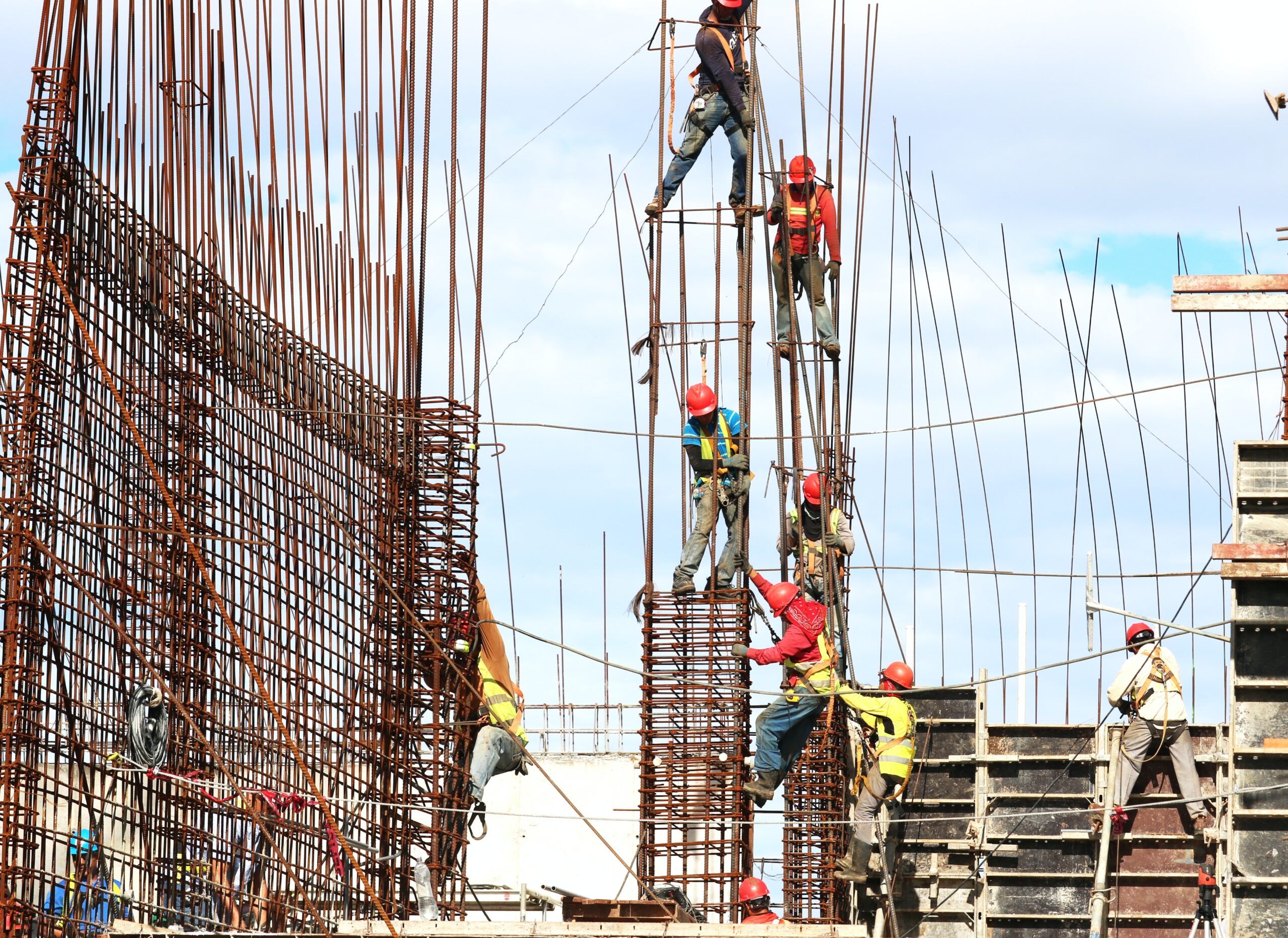Het belang van veiligheid in de bouwindustrie.
Een werf heeft van nature een hoge veiligheidsrisico- factor, wat maakt dat veiligheid een zeer belangrijke topic is voor bouwondernemingen. De publieke veiligheid en die van het personeel garanderen is niet enkel een wettelijke vereiste maar ook een morele verplichting. Werfongevallen kunnen leiden toe ernstige verwondingen, eigendomsschade en kunnen grote financiële gevolgen hebben. Door het implementeren van de beste werkmethodes rond werf-veiligheid, kunnen bedrijven het risico op ongevallen drastisch verminderen. Zo creëren ze een veilige werkomgeving voor alle betrokken partijen.
Tips voor het creëren van een veilige werkomgeving.
Het creëren van een veilige werkomgeving start bij een sterke betrokkenheid van het managementteam. Hier zijn enkele essentiële tips:
- Voorzie de correcte opleiding. Zorg ervoor dat al je medewerkers de correcte opleiding gevolgd hebben alvorens te starten aan een nieuw project.
- Regelmatig veiligheidsoverleg. Plan een veiligheidsoverleg op regelmatige basis in om potentiële gevaren vroegtijdig op te sporen en de regelgeving te kunnen aanpassen.
- Maak gebruik van PPE (persoonlijke protectie uitrusting /equipment). Verlicht werknemers om hun veiligheidskledij op een correcte manier te dragen. Dit kan gaan over veiligheidsschoenen, handschoenen, helmen, veiligheidsbrillen, … en andere uitrustingen afhankelijk van het type werk op de werf.
- Implementeer veiligheidsinspecties. Zorg als werkgever ervoor dat er regelmatig gecontroleerd wordt op de handhaving van de veiligheidsvoorschriften. Zorg ook bij nieuwe gevaren of overtredingen voor een snelle en correcte opvolging.
- Stimuleer het melden van bijna-gevaren. Door de gevragen die net op het nippertje vermeden zijn in kaart te brengen kan het veiligheidsbeleid voor toekomstige projecten worden bijgestuurd.
Overzicht van de meest voorkomende veiligheidsvoorschriften en regulaties
De voorschriften en regulaties kunnen verschillen van regio tot regio. Controleer deze dus steeds bij de lokale instanties. Maar de meest voorkomende zijn:
- Valprotectie
- Gevaarcommunicatie
- Steigerveiligheid regulatie
- Elektriciteit veiligheid
- Veiligheid bij graven
Het is cruciaal voor bouwondernemingen om up-to-date te blijven met de laatste veiligheidsregelgeving binnen de industrie. Door het prioriteren van veiligheid en het implementeren van veiligheidsvoorschriften, kunnen bedrijven een werkomgeving creëren waarbij het risico voor het personeel geminimaliseerd wordt.
Onthoud vooral dat veiligheid altijd op de eerste plaats komt! En dat we moeten vertrouwen op elkaar om alle voorschriften correct te volgen zodat iedereen op het einde van de werkdag veilig weer naar huis kan keren.


